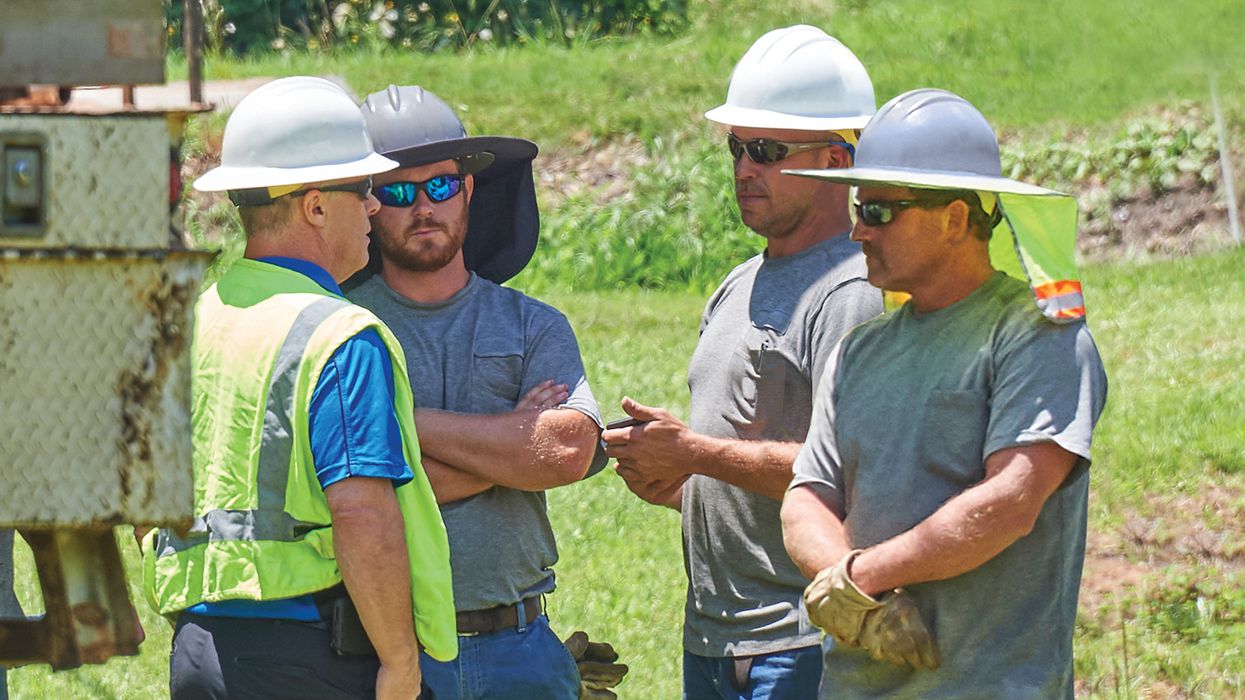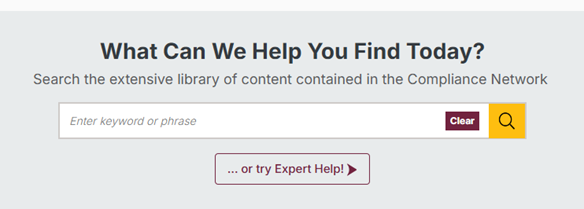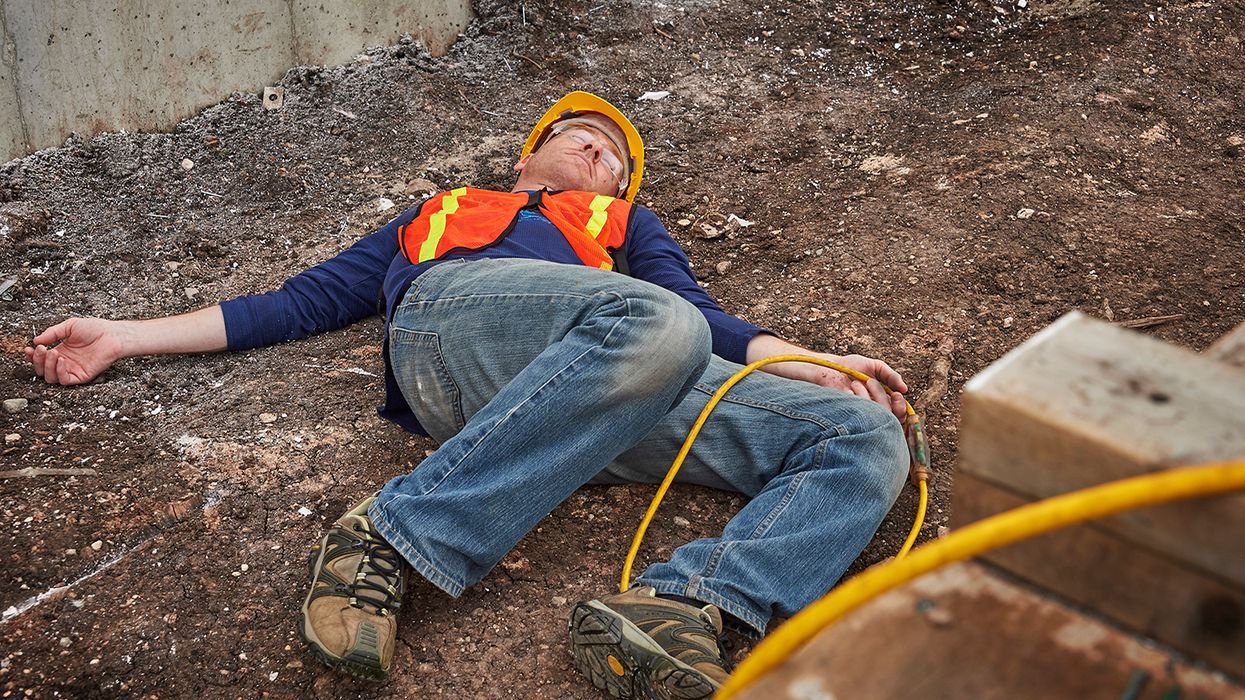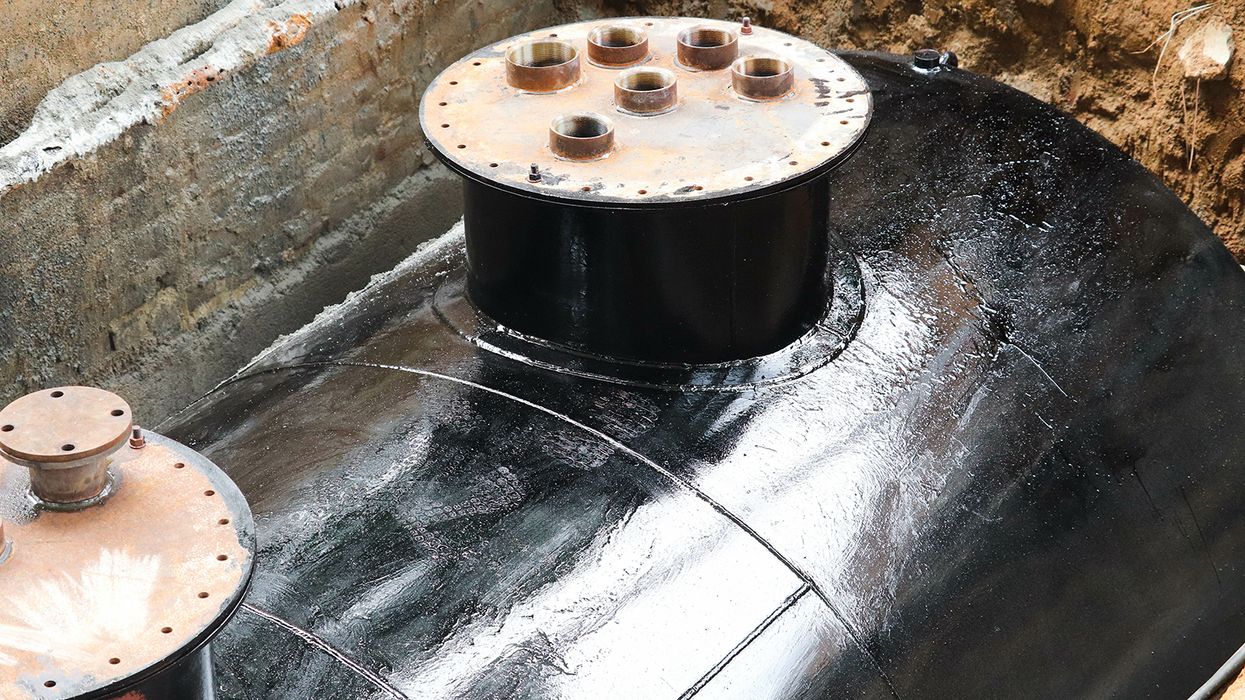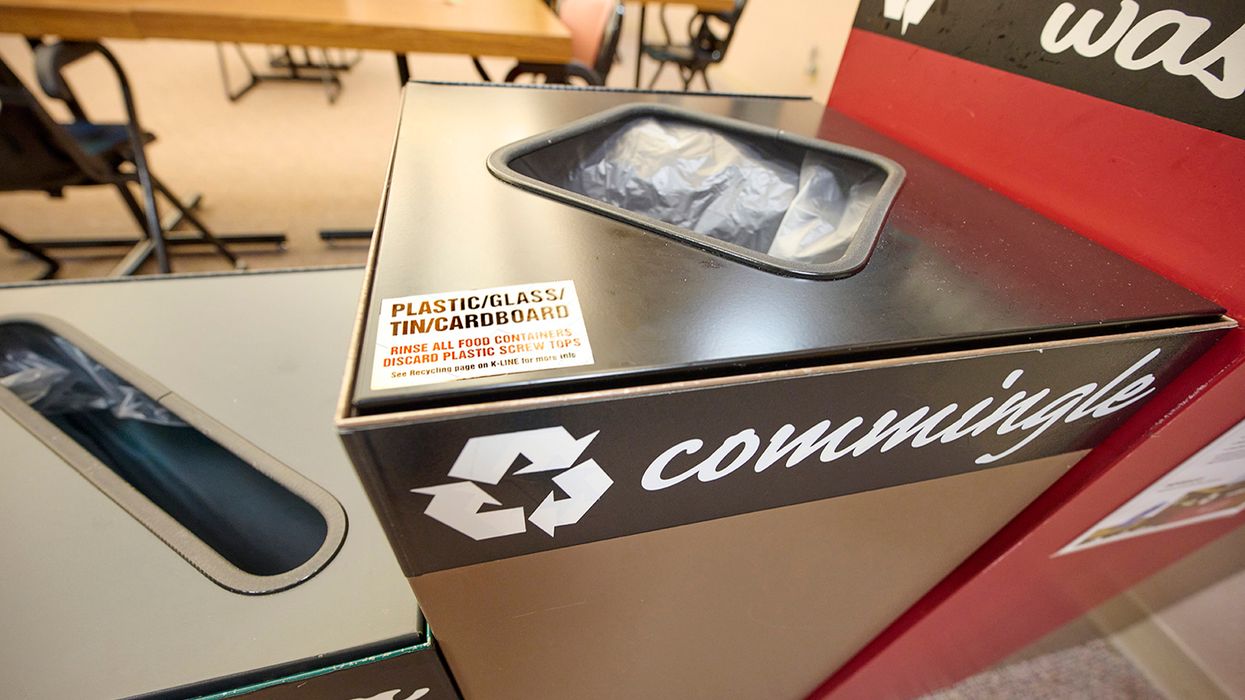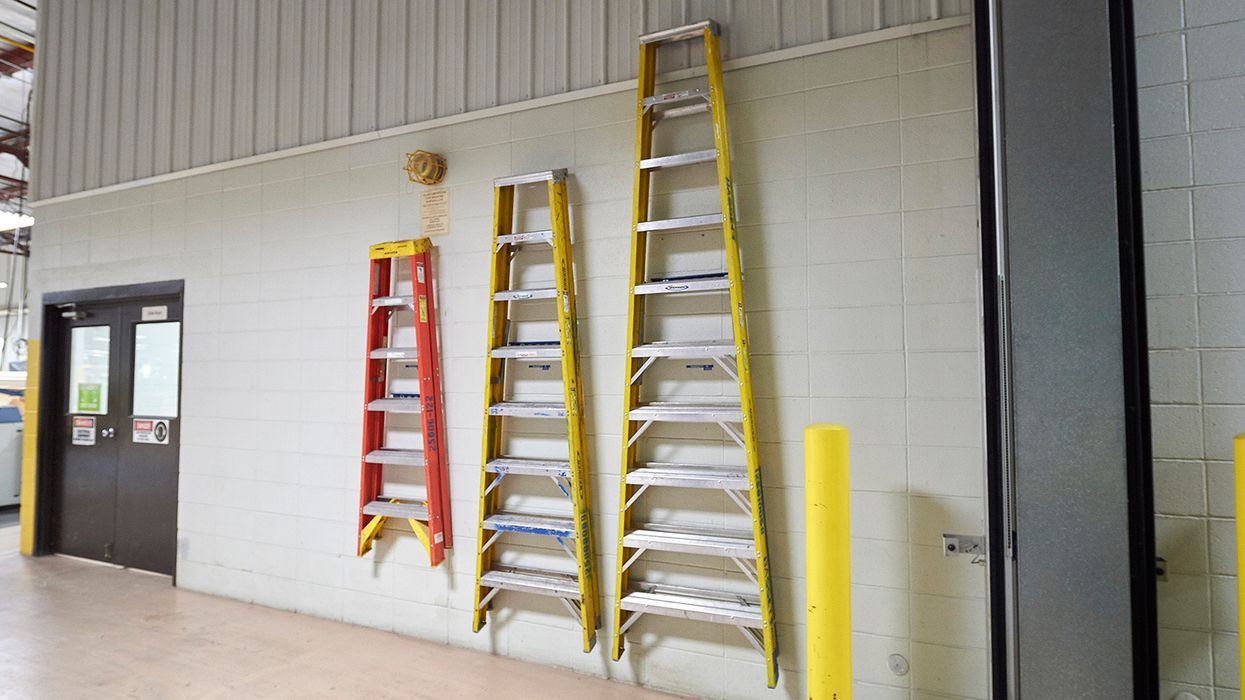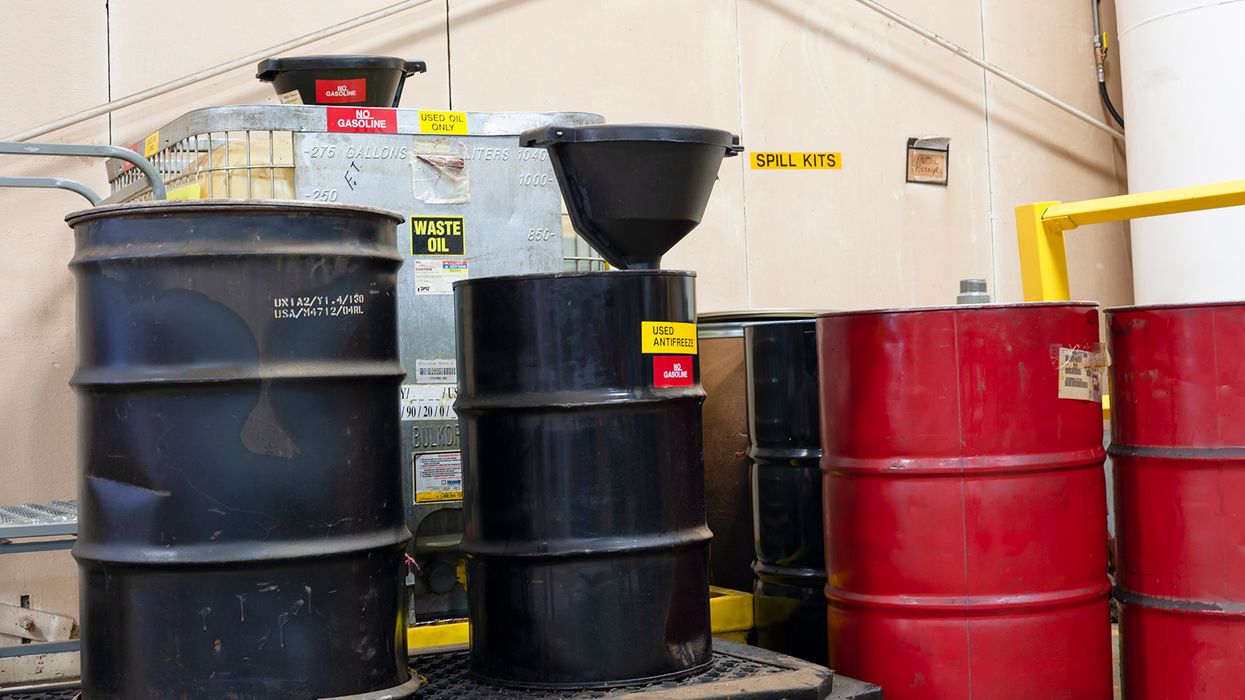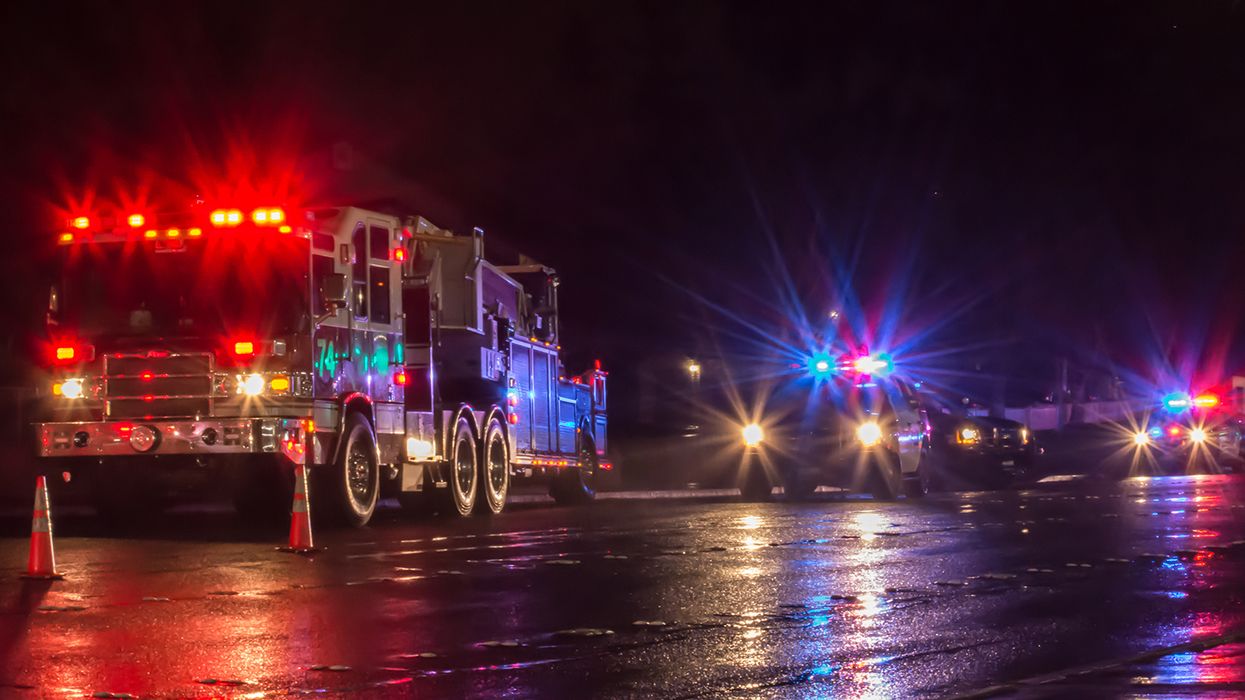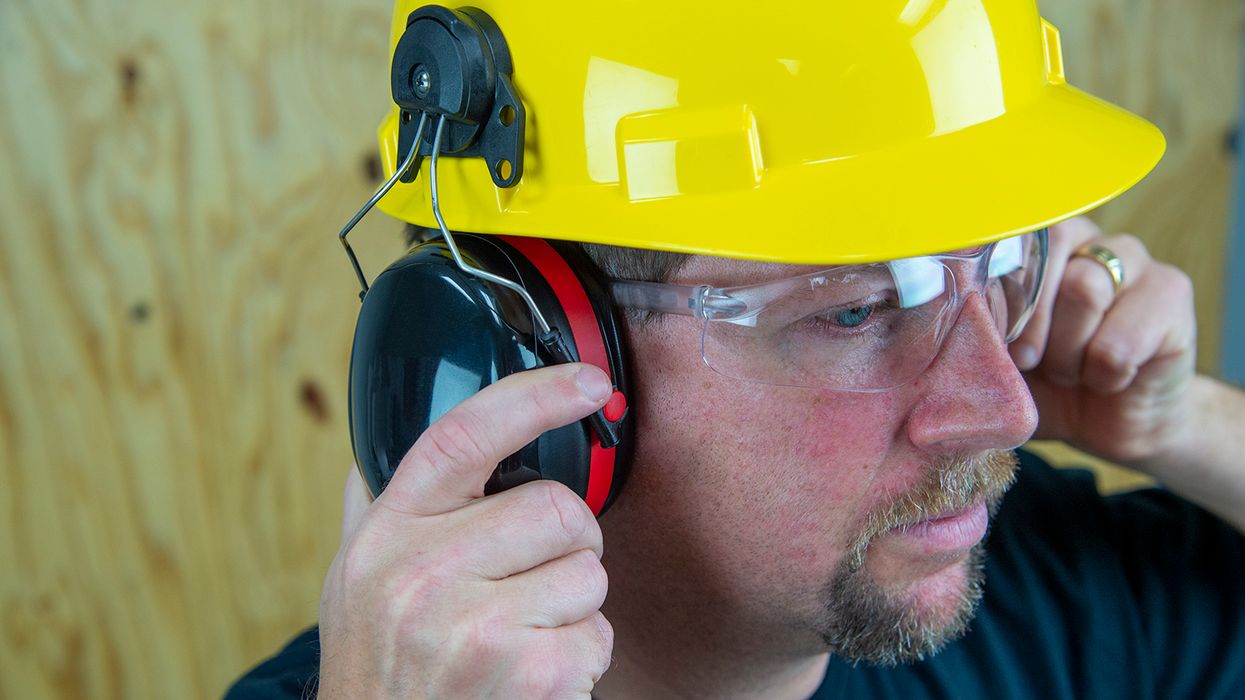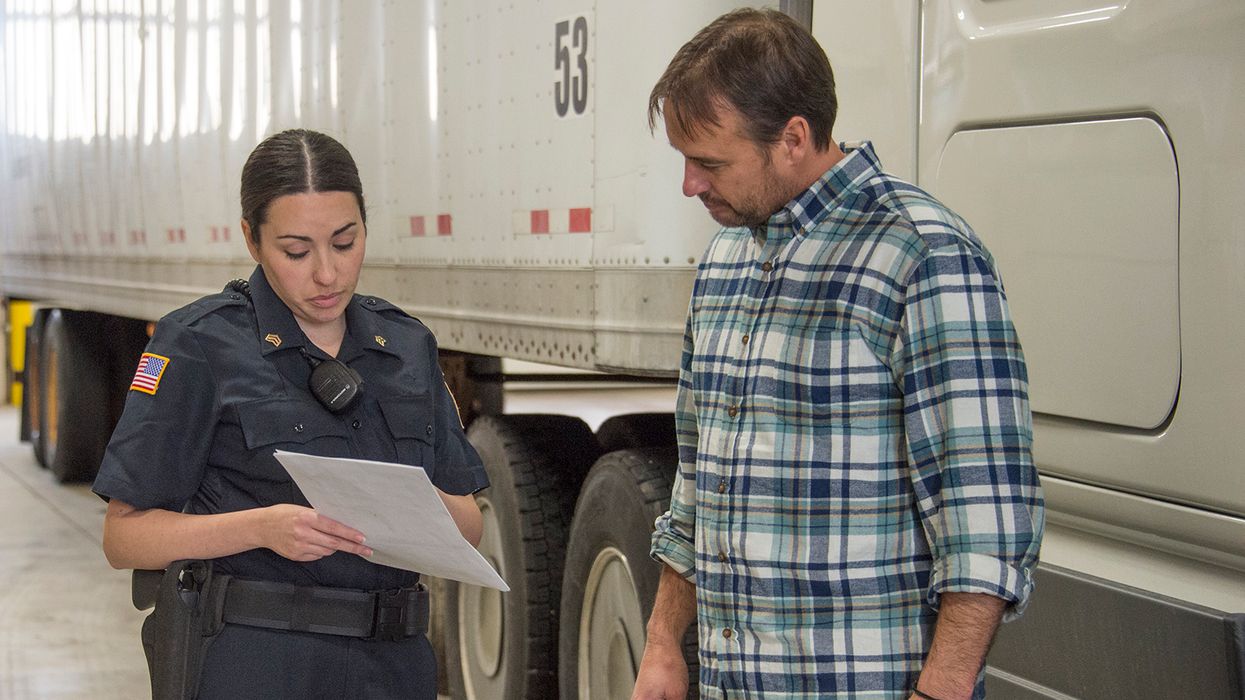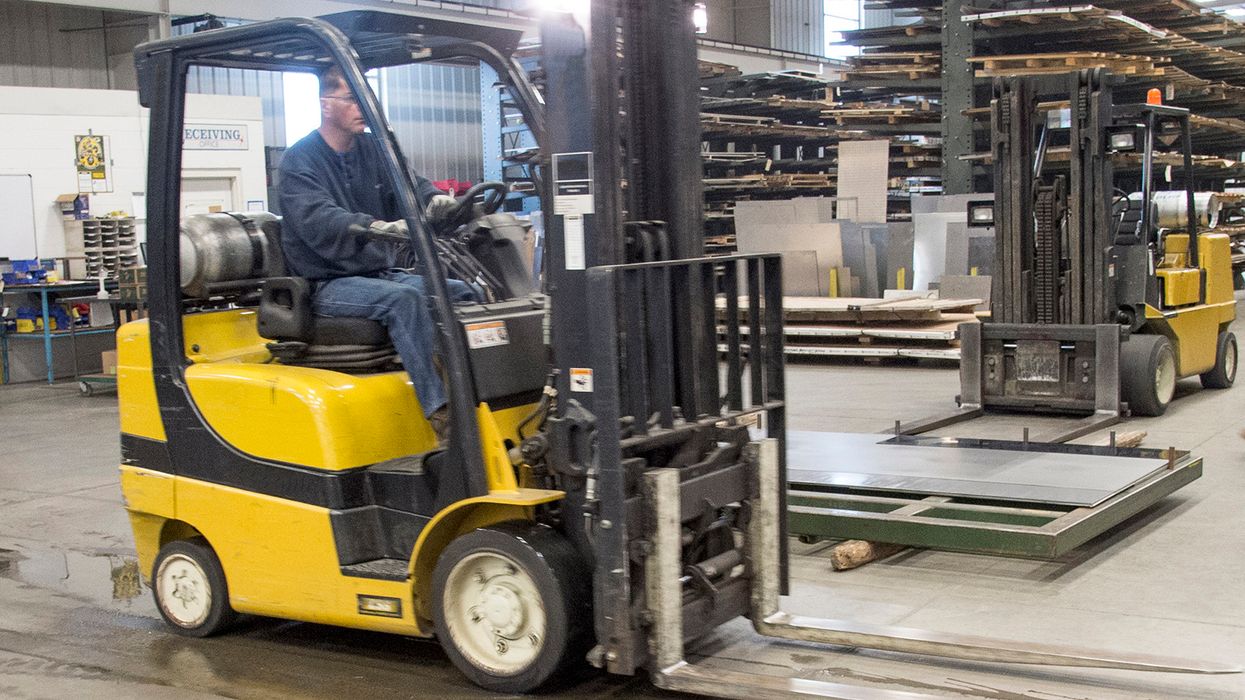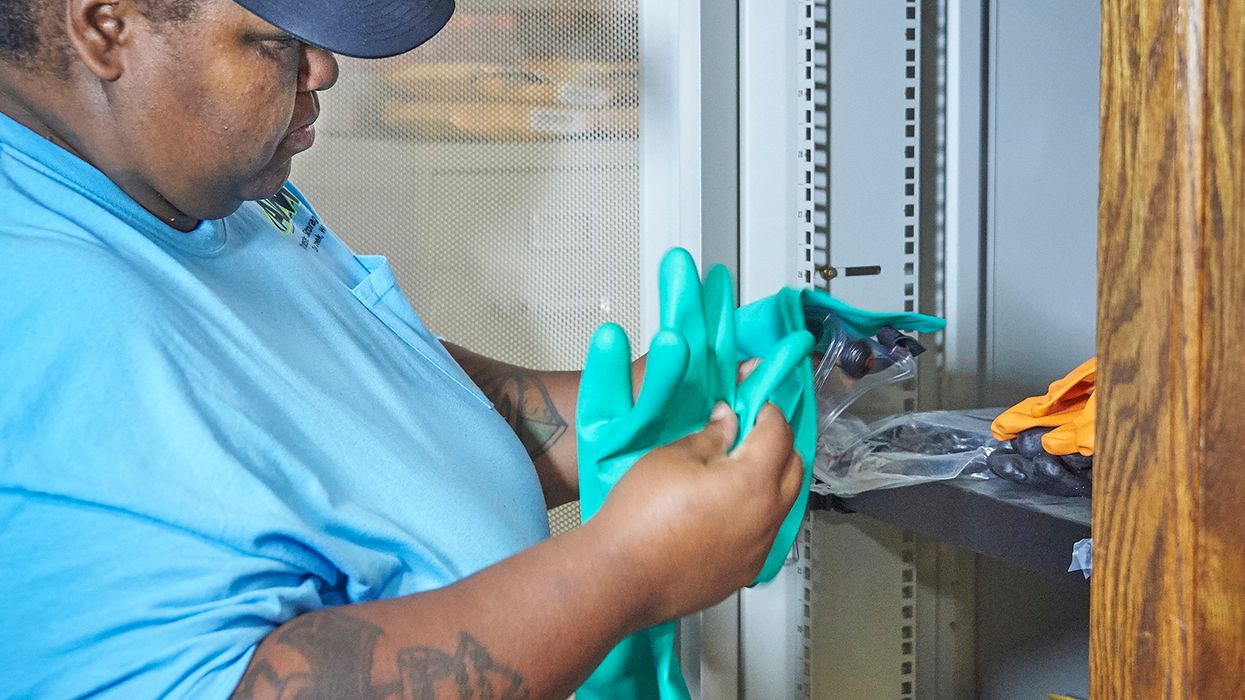Q&As: OSHA’s Heat rule, state heat regulations, and more
Heat is the leading cause of death among all hazardous weather conditions in the United States, according to OSHA. Data from the Bureau of Labor Statistics show nearly 480 workers died from exposure to environmental heat from 2011-2022, an average of 40 fatalities per year.
Although outdoor workers come to mind when we think about heat exposure, indoor workers also can be affected. Indoor work settings without adequate climate controls are at risk of hazardous heat, especially when heat-generating processes or equipment such as furnaces and hot ovens, are present.
Below are popular questions our experts receive related to heat.
Q: When will OSHA’s proposed Heat rule become final?
A: The agency has scheduled a virtual public hearing for June 16 on its proposed Heat rule. Following the hearing, OSHA will analyze comments it received, which can take several months. Once this step is completed, OSHA will determine what’s next. This may include finalizing the rule.
Q: How does the proposed heat rule define indoor work?
A: “Indoor” is defined in the proposed rule as “an area under a ceiling or overhead covering that restricts airflow and has along its entire perimeter walls, doors, windows, dividers, or other physical barriers that restrict airflow, whether open or closed.” Examples include:
- A garage, even if the door is open;
- The interior of a warehouse, even if multiple doors are open on loading docks; and
- A shed with four walls and a ceiling, even if the windows are open.
Construction activity is considered “indoors” when performed inside a structure after the outside walls and the roof are built.
Q: Which states have their own heat regulations?
A: Several states have their own heat-related regulations. Note that they vary in the type of industries covered, whether they apply to indoor and/or outdoor workplaces, and the expectations and requirements for employers. These states are:
Additionally, Arizona and OSHA Region IX have launched emphasis programs.
- Arizona — In July 2023, Arizona implemented a state emphasis program (SEP) to reduce worker exposure to heat-related hazards in indoor and outdoor workplaces. In May 2025, the state’s governor formed a heat safety task force, with the goal of developing employer guidelines on heat safety by the end of 2025.
- OSHA Region IX — This region adopted a regional emphasis program (REP) for heat illness in November 2022. It applies to indoor and outdoor worksites where potential heat-related hazards exist in Alaska, American Samoa, Arizona, California, Guam, Hawaii, Idaho, Nevada, the Northern Mariana Islands, Oregon, and Washington.
And finally, several states and territories adopted OSHA’s National Emphasis Program (NEP) for indoor and outdoor heat hazards (CPL 03-00-024). Some adopt it identically and others made changes. These include California, Connecticut, Hawaii, Massachusetts, Maryland, Maine, Michigan, New Jersey, New Mexico, Nevada, New York, Oregon, Puerto Rico, South Carolina, Virginia, the Virgin Islands, Vermont, and Washington.
Q: Can OSHA cite our warehouse for heat hazards?
A: Yes, OSHA can cite your warehouse for heat hazards. In fact, under the agency’s NEP (CPL 03-00-024), OSHA compliance officers must initiate inspections in any of the 70 listed, high-risk industries (including the warehousing and storage industry) in outdoor and indoor work settings when the National Weather Service issues a heat warning or advisory for a local area. Inspectors will review illness logs and other records, interview workers, determine if the employer has a heat illness prevention program, document ambient conditions, and identify work activities relevant to heat-related hazards.
If there’s sufficient evidence to issue a citation for heat-related hazards, a citation under the General Duty Clause, Section 5(a)(1) of the Occupational Safety and Health Act will be issued.
Q: Does heat stress have to be reported on our OSHA Logs?
A: Heat illness cases must be recorded if they meet OSHA’s recording criteria. To be recordable, the condition must involve medical treatment beyond first aid. First aid treatments listed in 29 CFR 1904.7 include “drinking fluids for relief of heat stress.” For instance, if an employee showed heat stress symptoms and needed a break to cool down and drink fluids, this alone is not a “recordable” case for the 300 Log. However, if the employee went to the hospital for intravenous (IV) fluid replacement, that would be recordable as medical treatment. Similarly, OSHA says if the employee went unconscious or oxygen was administered, the case is required to be recorded.
A case of heat stress will also become recordable if the employee needs restrictions or days away from work.
Key to remember: In the absence of a final Heat rule at the federal level, OSHA can use the General Duty Clause to cite for heat-related hazards. On June 16, the agency will hold a virtual public hearing on its proposed Heat rule. Meanwhile, some states already have heat regulations in place.

